India’s Golden Triangle—Delhi, Agra, and Jaipur—gets all the attention from first-time visitors, and honestly, it makes sense. You’ve got the Taj Mahal, Red Fort, and Pink City all packed into a convenient circuit that tour companies love to sell. But sticking to just those three cities is like judging American cuisine based solely on McDonald’s—you’re missing the real flavors that make this country so incredibly diverse and fascinating.
The subcontinent stretches from Himalayan peaks to tropical beaches, encompasses dozens of distinct cultures, and offers experiences that range from spiritual pilgrimages to adrenaline-pumping adventures. Most travelers barely scratch the surface because they assume India’s too overwhelming to explore beyond the obvious highlights. That’s their loss, really. Here are 15 incredible things to do in India that’ll show you sides of the country most tourists never even imagine exist.
Trek in Ladakh’s Moon-Like Landscape
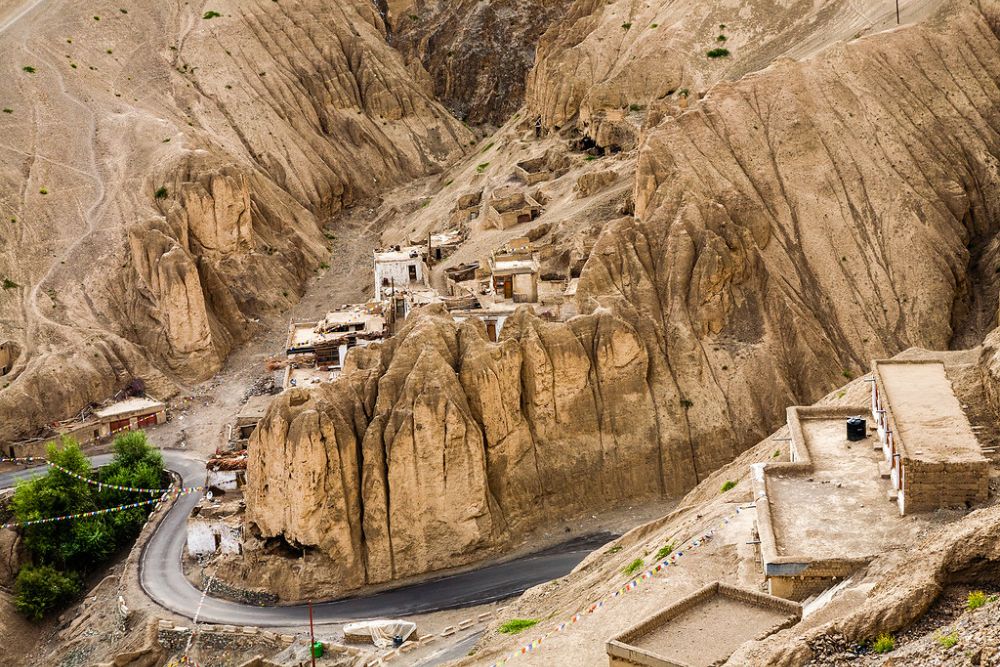
Up in India’s far north, Ladakh feels more like Tibet than the India most people picture. The high-altitude desert sits between massive mountain ranges, creating this otherworldly landscape of barren peaks, turquoise lakes, and Buddhist monasteries perched on impossible cliff faces.
Trekking here means dealing with serious altitude—Leh sits at 11,500 feet—but the payoff includes views of some of the world’s highest peaks and encounters with a culture that’s remained largely unchanged for centuries.
Cruise Kerala’s Backwaters

Down in India’s southwestern corner, Kerala’s network of canals, rivers, and lagoons creates this incredibly peaceful water world that’s about as far from chaotic Indian cities as you can get. Traditional houseboats converted from rice barges let you drift past coconut groves, spice plantations, and villages where life moves at the rhythm of the tides.
The best routes connect Alleppey to Kumarakom, though more adventurous travelers can explore smaller channels where tourists rarely venture.
Like Travel Pug’s content? Follow us on MSN.
Experience Rajasthan’s Desert Cities
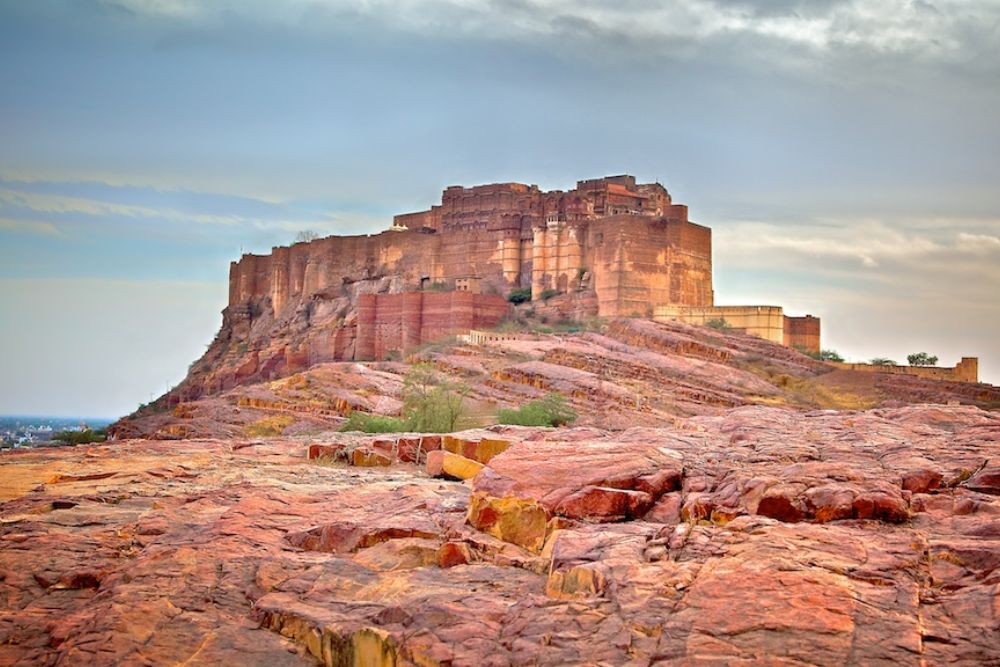
While everyone hits Jaipur, Rajasthan’s desert cities offer a completely different flavor of royal India. Jaisalmer rises from the Thar Desert like a golden mirage, with a still-inhabited fort where families still reside in centuries-old havelis. Jodhpur’s blue-painted old city spreads beneath the massive Mehrangarh Fort, while Udaipur’s lake palaces create this romantic setting that’s inspired countless Bollywood films.
Each city has its own personality, and exploring all three shows how diverse Rajasthani culture really is.
Find Tigers in Ranthambore
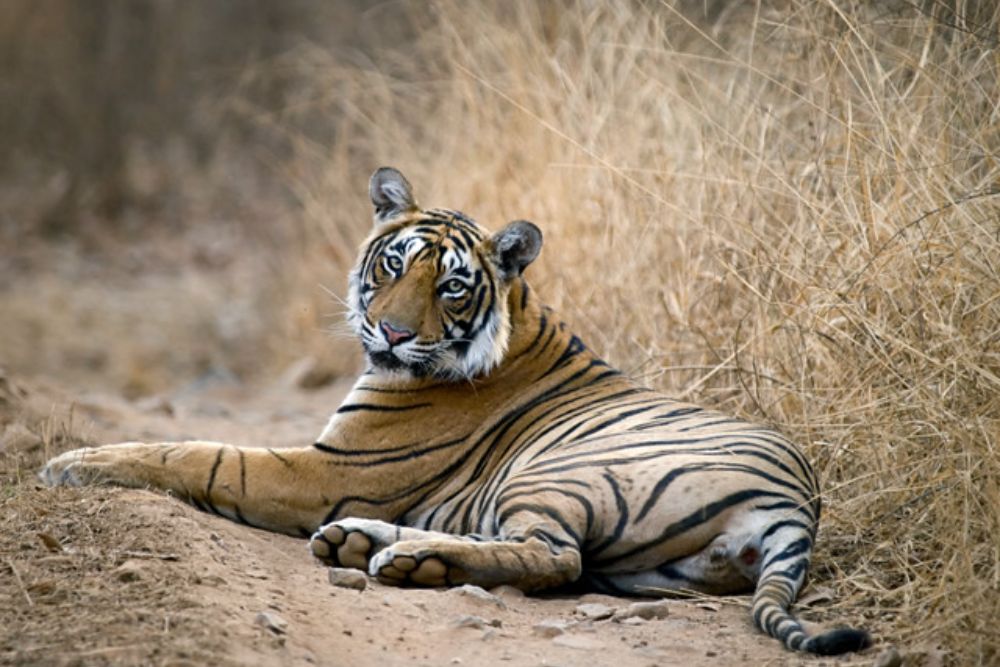
India’s most accessible tiger reserve sits in Rajasthan, just a few hours from both Delhi and Jaipur. Unlike many wildlife parks where spotting big cats requires serious luck, Ranthambore’s tigers are relatively habituated to vehicles and often hunt during daylight hours.
The park also contains ruins of a 10th-century fort, creating this unique blend of wildlife viewing and historical exploration. Early morning and late afternoon safaris offer the best tiger-spotting opportunities.
Explore Goa Beyond the Beaches

Sure, Goa’s beaches are fantastic, but the former Portuguese colony offers way more than just sand and surf. Old Goa’s churches and cathedrals represent some of the finest colonial architecture in Asia, while spice plantations in the interior provide insights into the trade that once made this region incredibly wealthy.
The Latin Quarter in Fontainhas feels like a slice of Portugal transplanted to tropical India, complete with colorful houses and traditional bakeries.
Like Travel Pug’s content? Follow us on MSN.
Trek to Valley of Flowers
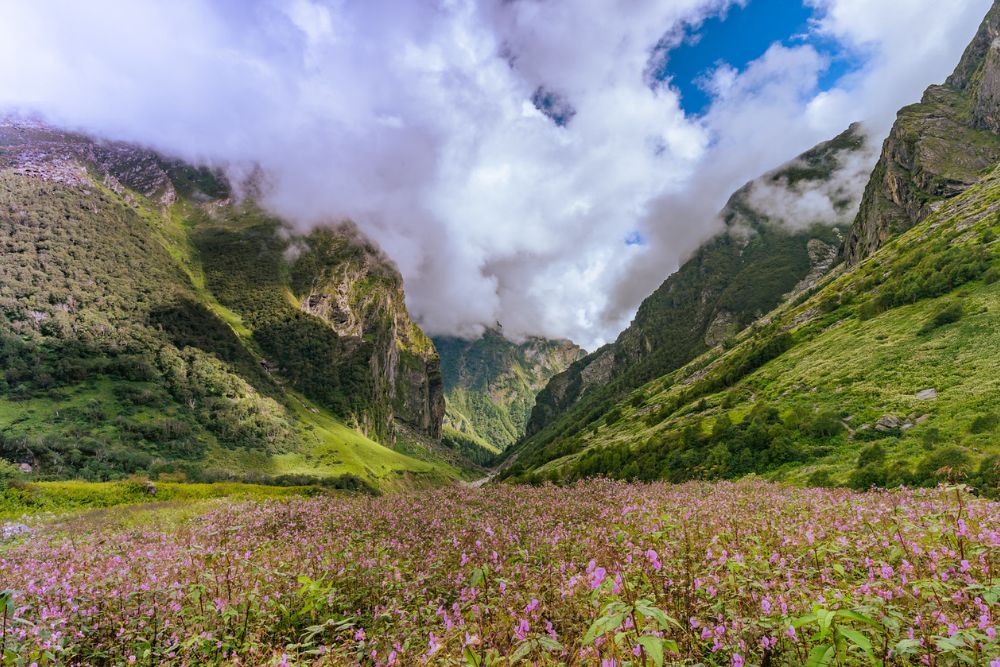
This UNESCO World Heritage site in Uttarakhand transforms into a carpet of alpine wildflowers during monsoon season, creating one of India’s most spectacular natural displays. The trek requires decent fitness—it’s a multi-day hike through Himalayan terrain—but the payoff includes over 600 flower species blooming simultaneously in a high-altitude meadow surrounded by snow-capped peaks.
The season runs from July through September, with August typically offering the most impressive displays.
Discover Northeast India’s Tribal Cultures
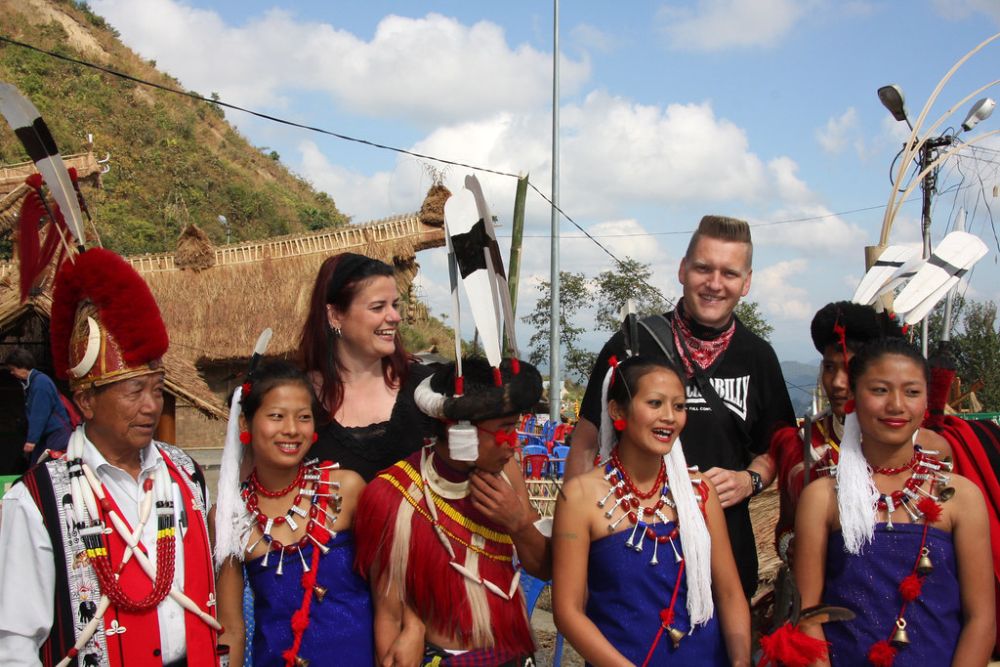
The ‘Seven Sister States’ of northeast India remain largely unexplored by foreign tourists due to permit requirements and relative isolation. But this region hosts incredible cultural diversity, with hundreds of distinct tribal communities maintaining traditional lifestyles in landscapes that range from tropical rainforests to Himalayan foothills.
Meghalaya’s living root bridges and Nagaland’s hornbill festival provide glimpses into cultures that exist nowhere else on Earth.
Experience Mumbai’s Street Food Scene
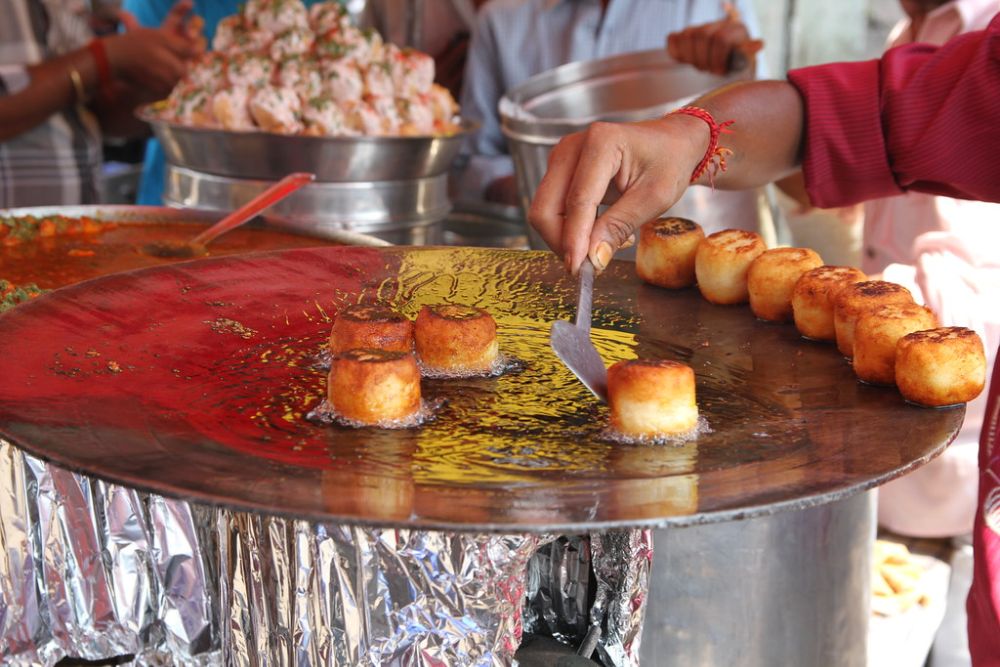
While Delhi gets attention for its food culture, Mumbai’s street food scene is arguably more diverse and definitely more accessible to nervous first-timers. From vada pav (the city’s unofficial burger) to elaborate bhel puri preparations, the variety is mind-boggling.
Crawford Market and Mohammed Ali Road offer concentrated food experiences, while beach-side stalls at Chowpatty provide Mumbai’s classic street food atmosphere with ocean views thrown in for free.
Like Travel Pug’s content? Follow us on MSN.
Explore Tamil Nadu’s Temple Towns
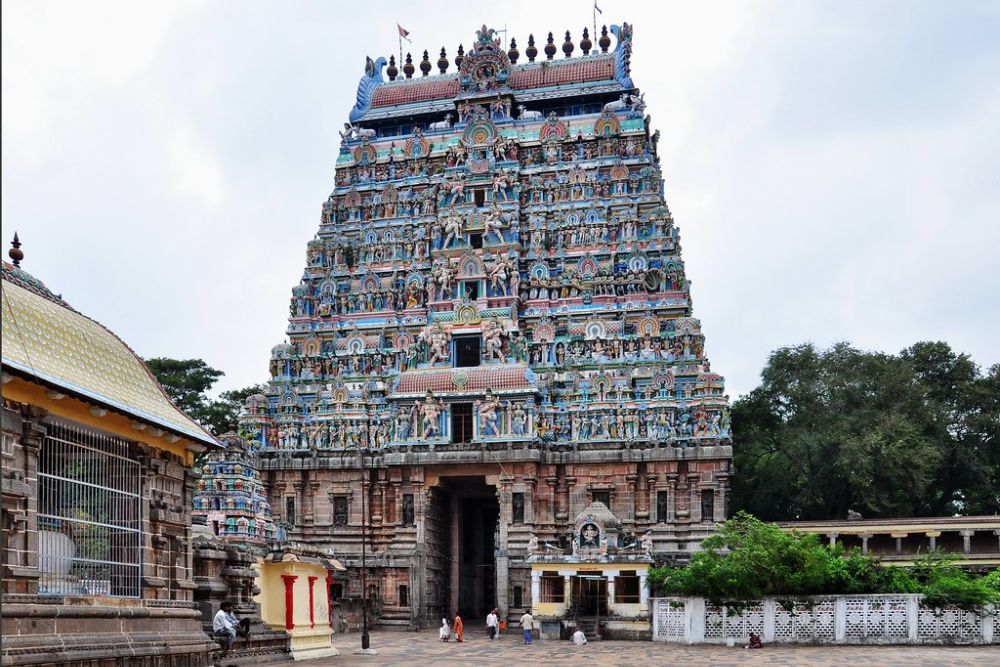
South India’s temple architecture reaches incredible heights in Tamil Nadu, where cities like Madurai, Tanjavur, and Chidambaram center entirely around massive temple complexes. Madurai’s Meenakshi Temple covers 14 acres with towers that rise 160 feet, all covered in thousands of colorful sculptures depicting Hindu mythology.
These aren’t just tourist attractions—they’re living religious centers where ancient rituals continue daily, creating this incredible blend of spirituality and artistry.
Raft the Ganges in Rishikesh
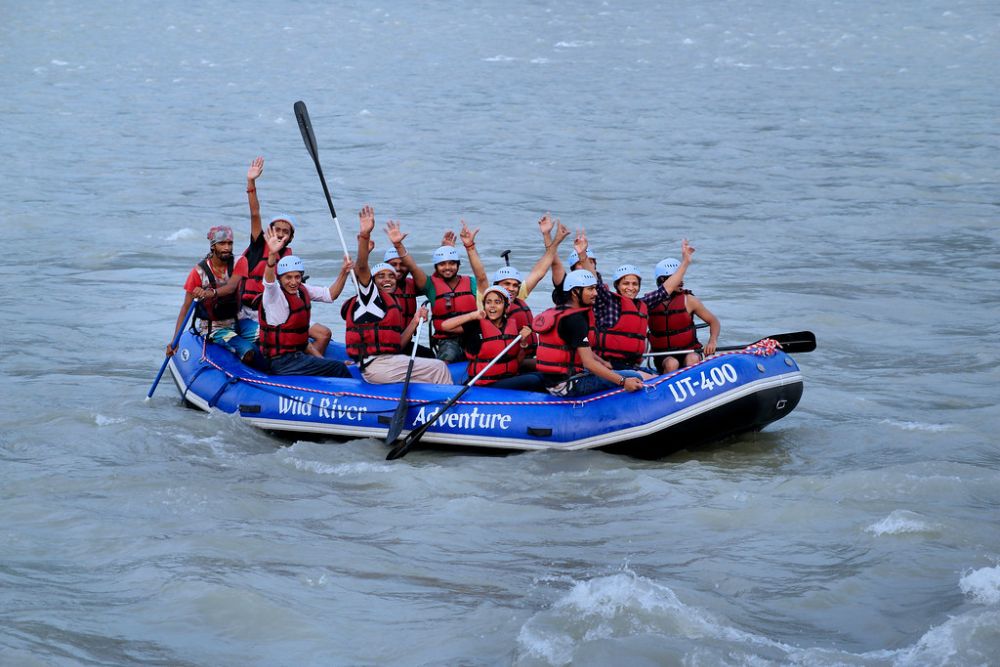
Long before it becomes the sacred but polluted river of the plains, the Ganges flows clear and fast through the Himalayan foothills near Rishikesh. White-water rafting here ranges from gentle, family-friendly floats to serious Class IV rapids that’ll test experienced rafters.
The town itself has become India’s yoga capital, attracting spiritual seekers from around the world, but the river provides pure adrenaline-fueled adventure.
Discover Hampi’s Ruined Empire
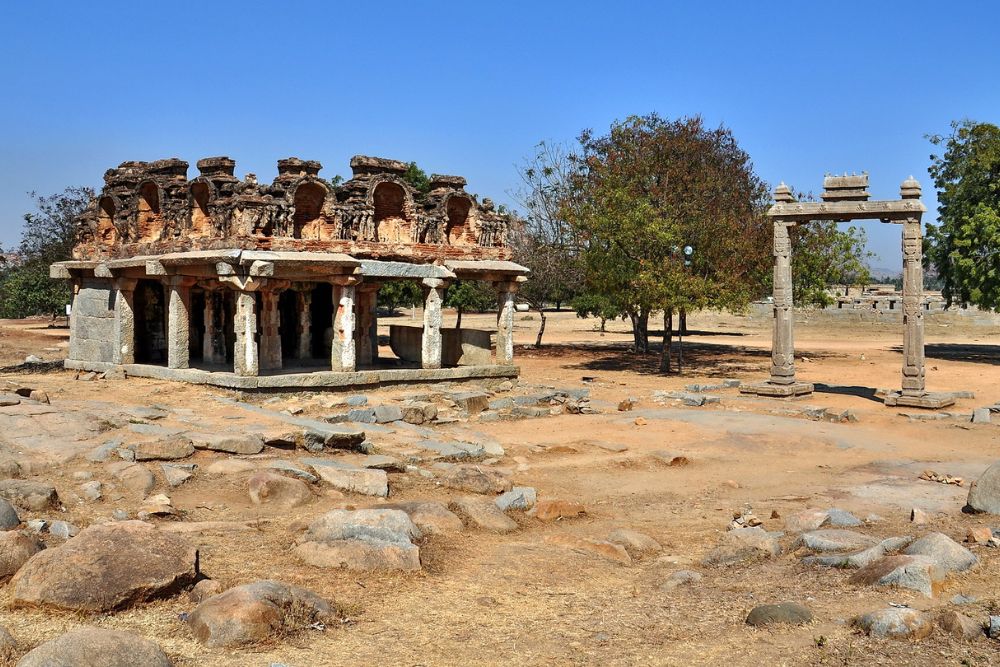
The remains of the Vijayanagara Empire spread across this boulder-strewn landscape in Karnataka like pieces of a massive stone puzzle. Hampi was once one of the world’s largest cities, and walking among the ruins—temples, palaces, markets, and baths—gives you a sense of just how sophisticated this medieval kingdom really was.
The setting among giant granite boulders adds to the otherworldly atmosphere.
Like Travel Pug’s content? Follow us on MSN.
Trek in the Western Ghats
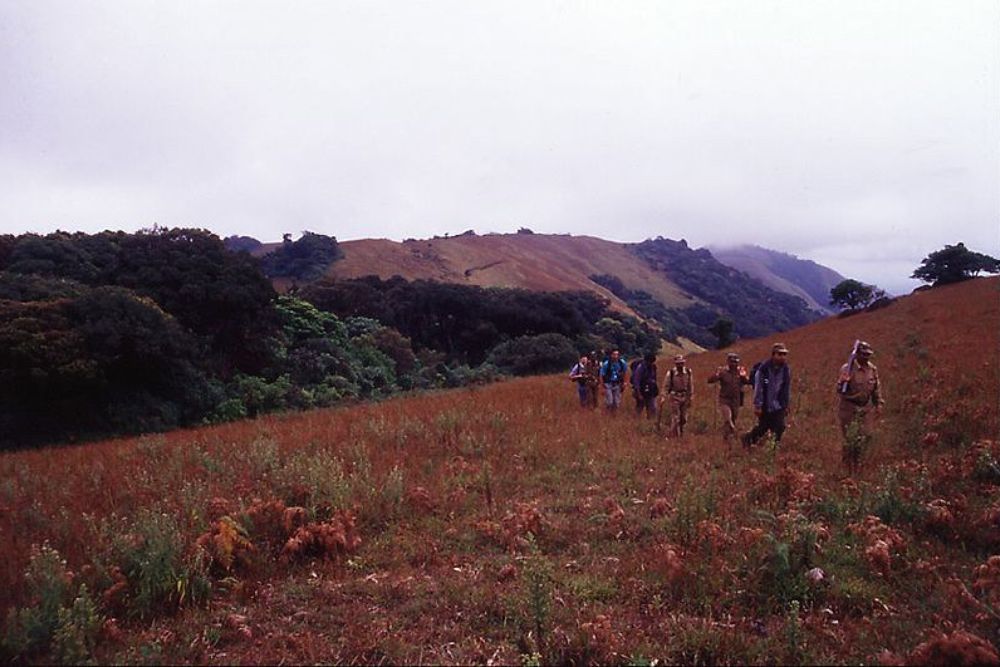
This mountain range running along India’s western coast hosts some of the country’s most biodiverse ecosystems, with cloud forests, grasslands, and shola forests that support endemic species found nowhere else. The hill stations of Munnar, Coorg, and Kodaikanal provide bases for exploring tea plantations, spice gardens, and wildlife sanctuaries.
Monsoon season transforms the landscape into this lush green paradise, though trekking can be challenging during heavy rains.
Experience Pushkar’s Camel Fair

This annual gathering in Rajasthan brings together thousands of camel traders, pilgrims, and curious onlookers for what’s essentially the world’s largest livestock fair combined with a massive religious festival. The timing varies based on the lunar calendar (usually November), but when it happens, this normally quiet desert town explodes into chaos as camels, horses, and cattle fill every available space while folk musicians, dancers, and food vendors create a constant carnival atmosphere.
Explore Sikkim’s Mountain Monasteries
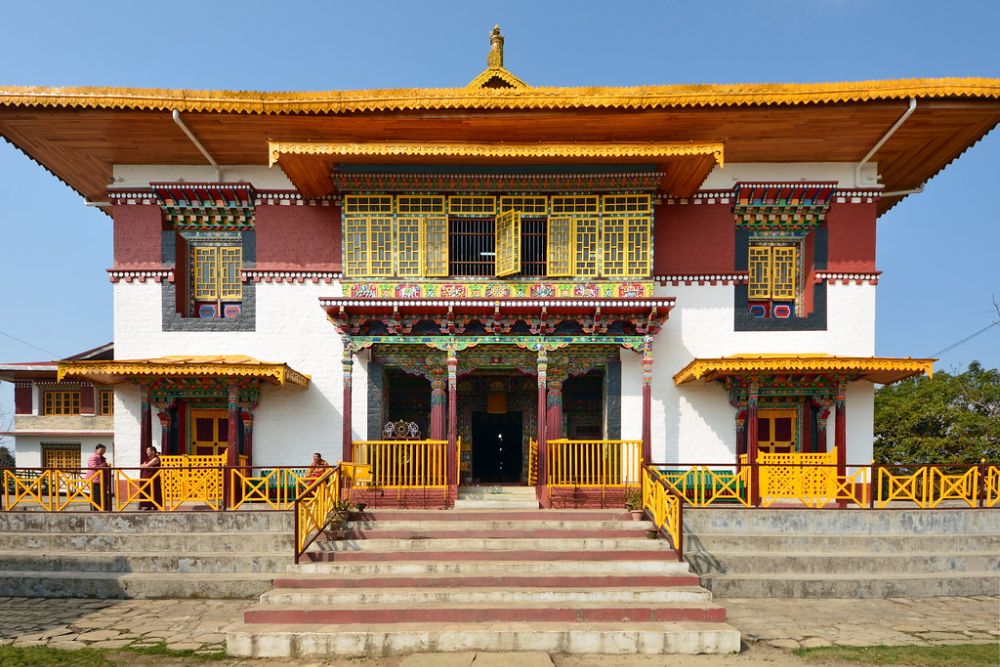
Squeezed between Nepal, Bhutan, and Tibet, Sikkim offers pristine Himalayan landscapes without the crowds that plague more famous mountain destinations. The state’s Buddhist monasteries, particularly Rumtek and Pemayangtse, provide insights into Tibetan Buddhist culture while offering incredible mountain views.
Permits are required for foreign visitors, but the restrictions help preserve both the environment and traditional culture.
Like Travel Pug’s content? Follow us on MSN.
Discover the Living Root Bridges of Meghalaya
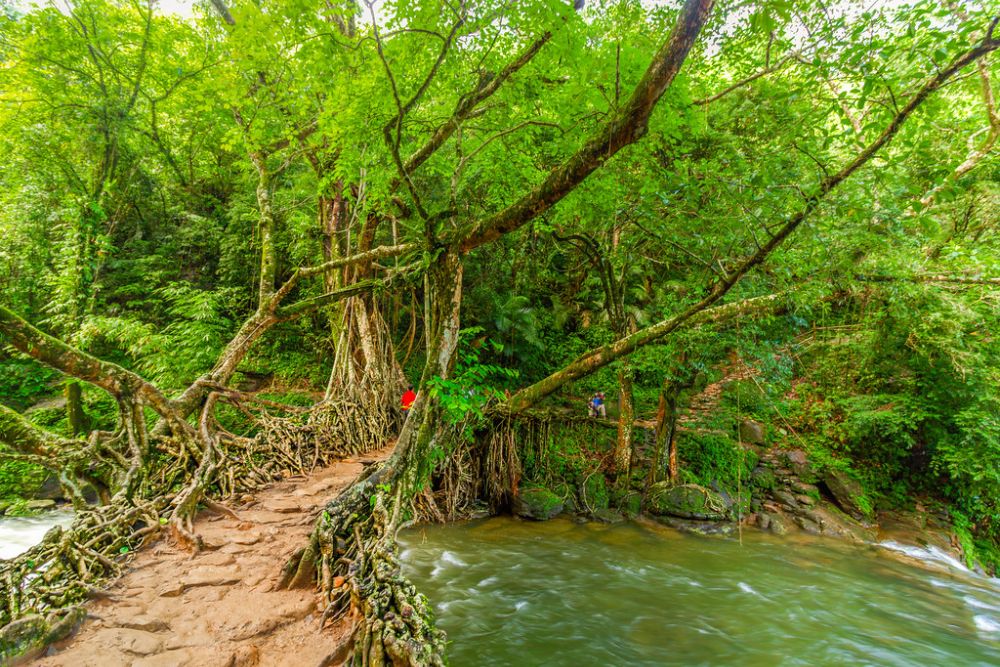
In the rainforests of northeast India, the Khasi people have been training rubber tree roots to grow into functional bridges for over 500 years. These living structures can support dozens of people while continuing to grow stronger over time.
Reaching them requires trekking through dense jungles and crossing multiple streams, but seeing these organic bridges span rushing rivers creates one of India’s most unique and memorable experiences.
India’s Infinite Possibilities
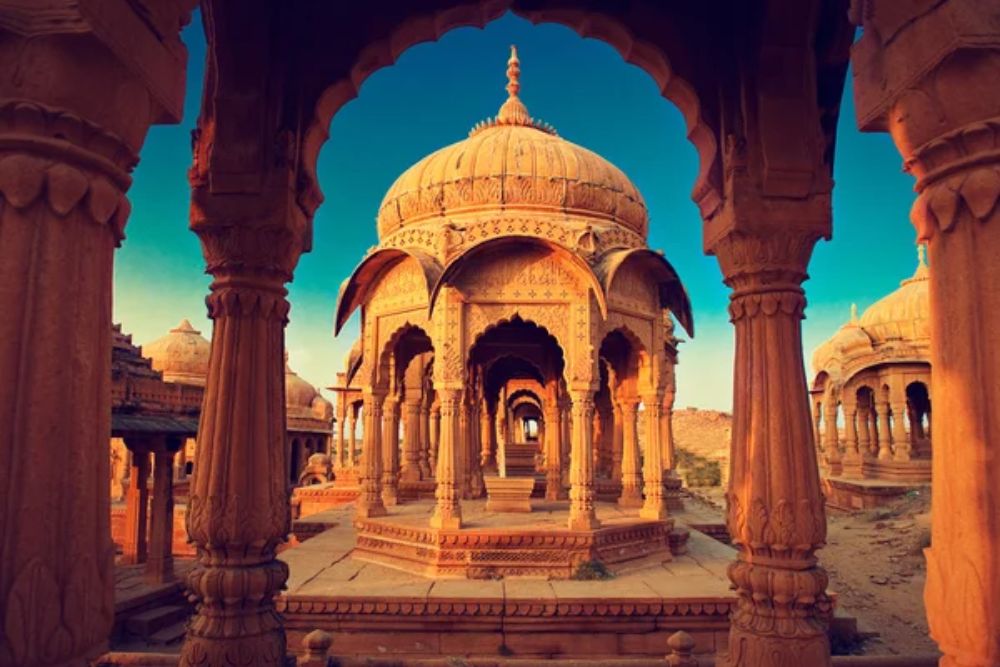
Beyond the well-trodden Golden Triangle lies an India that’s impossibly diverse, culturally rich, and geographically stunning in ways that most visitors never discover. From Himalayan peaks where Buddhist prayer flags flutter in thin air to tropical backwaters where time seems to stop entirely, the country offers experiences that span virtually every climate, culture, and adventure level imaginable. The infrastructure exists to reach almost anywhere, though getting to some destinations requires patience, flexibility, and a willingness to embrace the chaos that makes Indian travel so rewarding.
Many of these places remain relatively untouched by mass tourism, meaning you can often explore ancient temples, trek mountain trails, or experience local festivals with genuine authenticity rather than polished tourist presentations. India rewards travelers who venture beyond the obvious attractions with memories that last a lifetime and an understanding of just how vast and varied this incredible subcontinent really is.
More from Travel Pug

- 20 Best Beach Towns in the Carolinas
- 13 Destinations Where Tourists Regularly Regret Their Trip
- 20 Things You Actually Get in First Class
- 20 Small Airports With Aviation Museums
- 20 Places in the U.S. That Are Perfect for a Reset Trip
Like Travel Pug’s content? Follow us on MSN.
